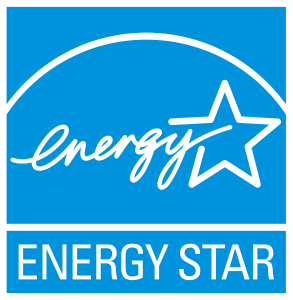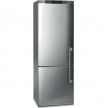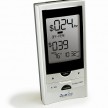Energy Saving Appliances
Energy Saving Appliance
Most homes have a refrigerator water heater and a furnace or boiler to supply heat or cooling.
As far as using energy goes these three appliances account for most of the energy used in a home.
Many times replacing an older appliance that is still working properly with an Energy Star rated, lower energy consuming appliance model can save you a lot of money. Here’s an appliance calculator to help calculate appliance cost.
Just pick the appliances you have from the pull-down choices on left. Cost and energy shown does not include domestic hot water energy use. You can change hours and watt-ages (see instructions). Note that your eclectic costs may vary for many reasons, and that energy use can be very different for two of the same type of appliance. The results of running this appliance calculator may not always be an accurate representation of your actual electric energy use.
I recently replaced my 15 year old “basement beer” frig with a new Energy Star rated model that will cost me $38.00 a year to operate. Plus my electric company is giving me a $100 rebate off the purchase. That’s a no-brain-er.
When considering making a new purchase take into consideration:
- Initial purchase price
- Cost of operating the equipment over a 10-20 year lifetime.
Taking a closer look:
Refrigerators:
The Refrigerator can use up to 14% of the household energy and replaceing an older model with a model that uses less electricity just plain makes sense. consider this; a new model in 2010 saves 40% more energy than a model manufactured in 2002.
If your refrigerator is 8 years old it’s worth replacing.
Many utility companies are also offering rebates. My town offers a $100 rebate for my new frig. Check the DSIRE website for rebates in your state. http://www.dsireusa.org/
DSIRE is a comprehensive source of information on state, local, utility and federal incentives and policies that promote renewable energy and energy efficiency. Established in 1995 and funded by the U.S. Department of Energy, DSIRE is an ongoing project of the N.C. Solar Center and the Interstate Renewable Energy Council.
Heating Systems:
If you live in a cold climate like me your heating almost 2/3rds of the time. The best way save electricity is a combination of insulation / air leak sealing and heating system upgrades.
If your furnace or boiler is 15 years or older the answer is easy. Replacing the s stem will save yo money and use less energy. a great resource for researching if this is feasible is AHRInet.org Search their database for your current equipment and compare that to a newer Energy Star rated model.
You can recover up to 30% of the cost of select high-efficiency systems in the form of tax credits.
Water Heaters:
Natural gas and propane water heaters tend to be inefficient and eat up as much as 17% of your energy cost. Even the more newer models are only approx. 60% efficient with most of the heat lost through the vent flue. In these situations consider installing a high efficient model. A high-efficiency systems that can save you as much as 20% annually on your total energy costs and also contribute to a cleaner global environment.
A good rule of thumb here is when the cost of repairs approaches 50% of the value of your heating or cooling system, it’s generally time to replace the system.








